Bonjour, c’est Véro.
Montmartre: From bohemian village to tourist mecca
The name can be challenging to pronounce and spell for non French speakers. Montmartre, a popular Parisian neighborhood north of downtown surprises first-time visitors: This is not impressive, in-your-face, Haussmannian Paris. When the rest of the city with a few exceptions remains flat as a pancake (convincing millions they have suddenly become athletic as they clock up over 15,000 steps a day on their vacation) Montmartre sits on and around a hill, “la Butte.”
It’s inspired songs and stories for a couple of centuries. One has to deserve Montmartre or failing that, know the shortcuts to avoid the long, steep staircases where visitors huff and puff their way to the top of the hill, as a local 80-year old woman passes them by ever so slowly and without a pause.
Montmartre will keep you humble.
Montmartre was once a village located outside Paris. The last Emperor France ever knew annexed the neighborhood on a quest to turn Paris into a large, modern city. Today Montmartre is part of the 18th arrondissement. It’s developed a schizophrenic personality, old village homes, cobbled streets and a majestic basilica (le Sacré-Coeur) at the top of the hill, stately brick and limestone buildings along wider, residential streets as you step away from it.
Montmartre attracted early on an eclectic crowd, including artisans, farmers, millers, winemakers, factory workers, starving artists, unsavory characters too. Before the winding cobbled streets criss-crossed “la Butte” there were dirt paths, fields dotted with windmills. There was also an area known as “le Maquis” a shanty-town filled with humble wood shacks, small gardens and chicken coops and in sections, squalor. Folks lived humble lives there but they were free as the world around them was changing.
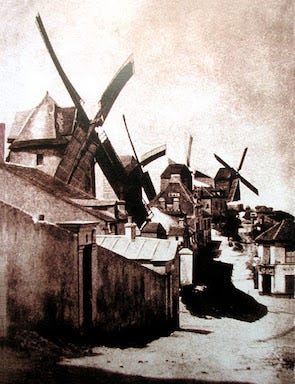
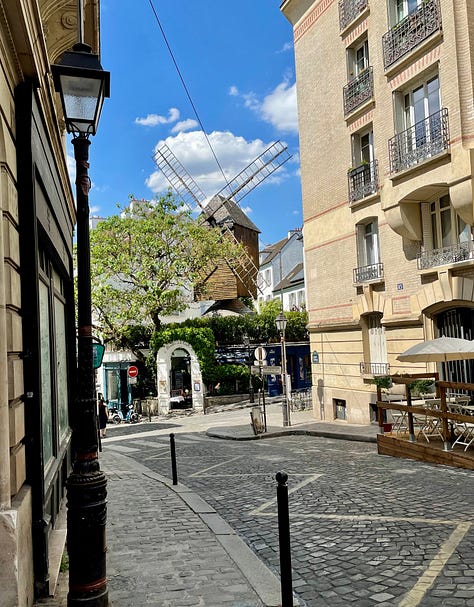

Speculation and urban development have won: “Le Maquis” is gone today. For those of you familiar with local streets, it stood roughly in the area between rue Caulaincourt, avenue Junot and rue Lepic.
For a long time Montmartre was a cheap place to live. Outside the city walls, wine and food weren’t taxed by Parisian authorities before 1860. There were affordable eateries, cabarets and bals where working classes and visiting Parisians rubbed shoulders and partied on Sundays (Look at Renoir’s “Moulin de la Galette” to get an idea.)
Auguste Renoir was not the only artist there. If you follow a tour guide around Montmartre you will hear stories about Van Gogh, Toulouse-Lautrec, Picasso, Suzanne Valadon, her son Maurice Utrillo, cabaret singer and owner Aristide Bruant, Théophile Steinlen, Degas, Modigliani, Pissarro and more.
In spite of mass tourism (avoid visiting “la Butte” on Sundays at all cost) Montmartre still attracts a colorful bunch of residents, a mix of longtime Montmartrois, foreign investors and 40-year old Parisian bobos (the Bourgeois-Bohemian socio-demographics was sold on Montmartre following the release of the movie “Amélie” in 2001.) Though many businesses cater to tourists - restaurants at the top of “la Butte” stopped trying a long time ago - the neighborhood is unique in Paris and has struggled to protect its traditions, history and icons.
It’s challenging for visitors in 2025 to summon up the ghosts of Montmartre whose lives unfolded here 150 years ago.
One of the most endearing local stories barely gets a mention on the little train that takes tourists up and down the hill. Many tour guides forget it too and focus instead on the lives of struggling artists who eventually moved on to become recognizable names worldwide.
Not this time. Today is the day we pay a tribute to the great Francisque Poulbot who lived and died in Montmartre.
Poulbot, a Montmartre legend
If you’ve followed me for a while you’ve heard his name many times, in virtual tours like this one filmed during the Covid years (Very few people will ever see Montmartre so peaceful in the middle of the day again.)
Francisque Poulbot (1879-1946) embodies the artistic and philanthropic tradition many Montmartre residents are still attached to. The neighborhood’s motto: “Faire le bien dans la joie” (Doing some good while having a good time.)
Poulbot like many artists started his career drawing caricatures, popular in the second half of the 19th century. He was a talented illustrator, a cartoonist and un affichiste (poster artist) working for Parisian businesses like le Moulin de la Galette or le Bon Marché.
He was also a bon vivant and fit right in among the lively crowd in Montmartre.
A kid at heart he loved children, spending time with them capturing their games, expressions, fights, as they survived along Montmartre’s dirt streets at the start of the 20th century. Poulbot never had children of his own. He earned the nickname le Père des Gosses (the Kids’ Father.)
He did so much to help the kids his memory is alive and well among some locals who still carry out the philanthropic efforts he helped launch in his lifetime.
Le Poulbot: Joie-de-vivre, humor and grit
When referring to “les Poulbots” many in France and beyond think of the wide-eyed, cheeky kids that could be found on postcards in Paris over 50 years ago and through the 1980s.
Little do they know these were the result of a make-over by artist Michel Thomas who moved to Montmartre in the 1960s and turned the original characters created by Francisque Poulbot into symbols of Paris that would be more palatable to tourist crowds: happy and boisterous, Thomas’ Poulbots run and misbehave on full bellies.
Now take a look at Francisque Poulbot’s depictions of the children of Montmartre. They are moving in their simplicity. Those children are poor. Orphans, many have lost their fathers during World War 1. Still, they are not pitiful. They are resourceful and play on the streets showing real strength and a sense of humor.

Poulbot used the children in patriotic posters released during World War 1. Les Boches (the Krauts) were the enemy. The children, courageous, endearing victims. He paid a high price for this during the German Occupation two decades later. His health failing, in a wheelchair, he was not allowed to leave his apartment along rue Junot, a prisoner of war in Paris, before passing away in 1946.
Today I offer you a chance to follow me to Montmartre on a special tour you have not taken yet. Follow the guide!
In the footsteps of Francisque Poulbot in Montmartre
Where to start? You may need a neighborhood map.
In the early 1920s post WW1, Francisque Poulbot and artist friends created an association “la République de Montmartre.” It still exists today; is run by a president and a cabinet. There are members around the world. They believe in solidarity; are active in the neighborhood and in the 18th arrondissement and do things their own way. Très Montmartre.
When Poulbot was alive he organized fundraisers and special Christmas celebrations for the orphaned children of Montmartre. Events were sponsored by local businesses like le Moulin de la Galette or the legendary Fratellini circus family.
For decades “la République de Montmartre” met at 42 rue Lepic at a family-owned restaurant, “la Pomponnette.” Sadly it closed in 2021 after being run for over 110 years by the same family. You’ll find a new eatery there if you walk by named “Bibiche.” There’s nothing left of the iconic “Pomponnette” where artists used to leave paintings in payment, not even a plaque, just photos and memories. T’was a special place.
These days members of la République de Montmartre meet at a new address, an institution at the top of la Butte, “La Bonne Franquette” (the rumor has it Poulbot renamed the restaurant.)
French lesson: Manger à la bonne franquette (to eat a simple meal, without fuss.)
Poulbot also set up a dispensary along rue Lepic in a small building at the back of “la Pomponnette.” There, children could seek medical help. Volunteers also taught them civics because everyone knows it takes a village to raise kids.
The dispensary is gone but if you find yourself on the famous place du Tertre where tourists have posed for painters for decades you might spot a small plaque on a building overlooking the square.
Here’s the headquarters of the Association named “Les P’tits Poulbots” after Poulbot’s old dispensary and was founded by Poulbot in 1939. The children of Montmartre carry on the tradition and march in a band attending popular events in their 18th century infantry uniforms, for example during the renowned “Fêtes des Vendanges” (Montmartre Harvest Festival) in the fall.
Talking about wine: As you stand outside the only vineyard left in the neighborhood, along la rue des Saules, have another thought for Francisque Poulbot. He and his friends ensured that piece of land would not fall in the hands of real estate developers as they fought urban sprawl in the 1930s. They turned it in a public garden, “le square de la Liberté.” Don’t miss the plaque honoring Poulbot on the other side of the locked gate at the vineyard entrance.
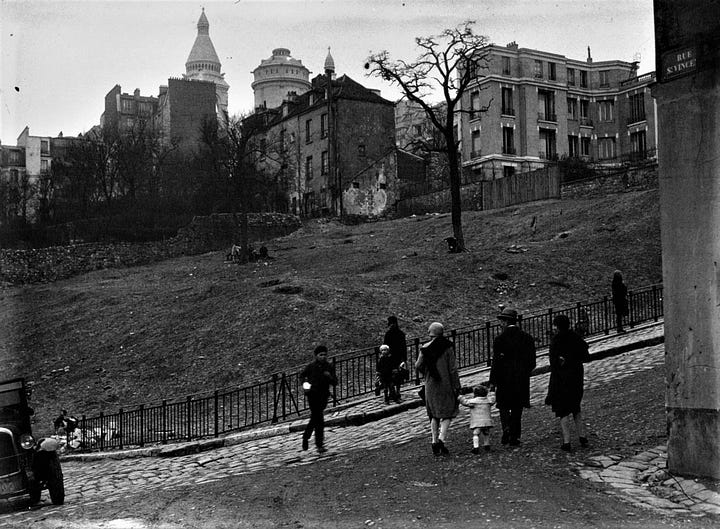
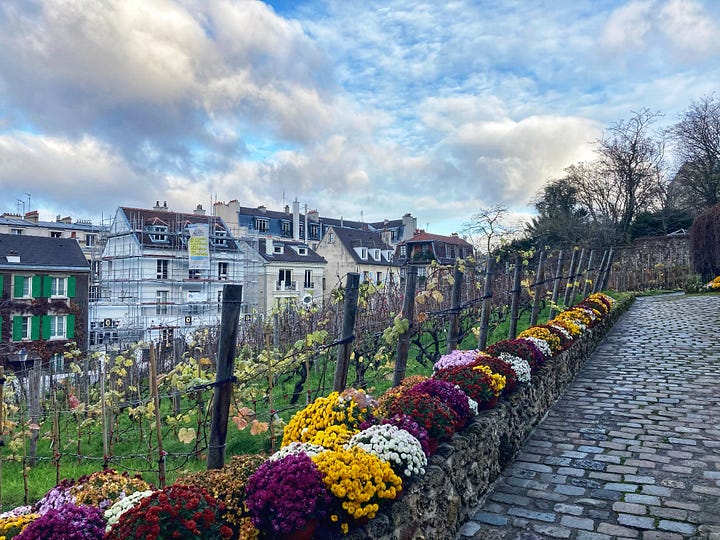
The wine produced here at the “Clos Montmartre” is not the best in France. Still it’s auctioned off for charity and sold to the public each year. Proceeds go towards service activities of the 18th arrondissement.
Solidarité, toujours.
Above the vineyard the oldest house on “la Butte” now my favorite smaller museum in Paris, le Musée de Montmartre. They talk about artists there but how many visitors spot the bust in the gardens as they walk by? It was commissioned by the Association “Friends of Francisque Poulbot” in 2012.
Later, as you leave la place du Tertre you might notice la rue Poulbot off rue Norvins and the restaurant named after the illustrator at the corner, its whimsical façade a tribute to his philanthropic endeavors. Stay on rue Norvins.

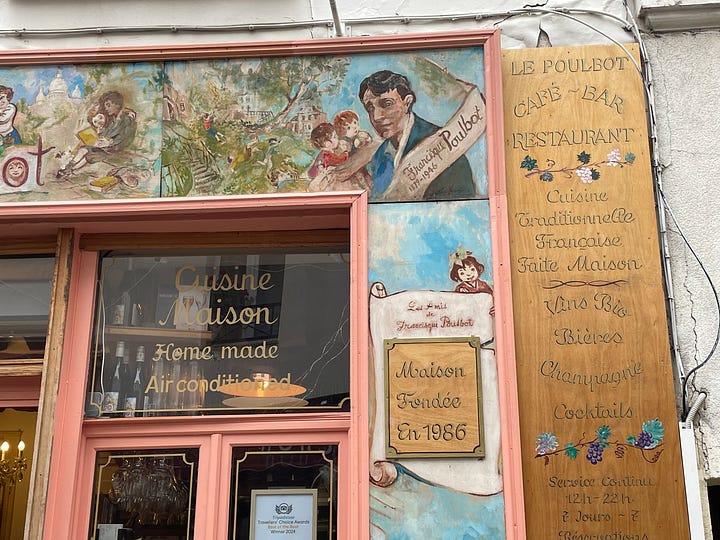
Follow the cobbled street downhill and hit rue Lepic on your way to rue Caulaincourt. Stop at #13, the house where Poulbot spent the last years of his life on the site where the old “maquis” (shantytown) once stood. Cheerful Petits Poulbots faces greet you at the top of the building.


This is the home where the little children of Montmartre visited him until the end of his life, like in this video.
Poulbot is buried at the back of the Montmartre cemetery. I wish his marble grave were more colorful. I paid him frequent visits during the 2nd French lockdown (I lived nearby in the 17th arrondissement.) We became good friends.
If you are near the cemetery why not find 43 bis rue Damrémont ? Cross the Caulaincourt bridge first towards “la Butte.” It’s a 10-minute walk until you push the door of a public building, the entrance of a laboratory today. The hallway is decorated with beautiful ceramic tiles inspired by Poulbots’ drawings. Look at the children’s faces, the details, and take a trip back in time to Montmartre in the early 20th century. I’d consider myself lucky to walk along this hallway every morning. If you can’t go right away, follow this virtual tour.

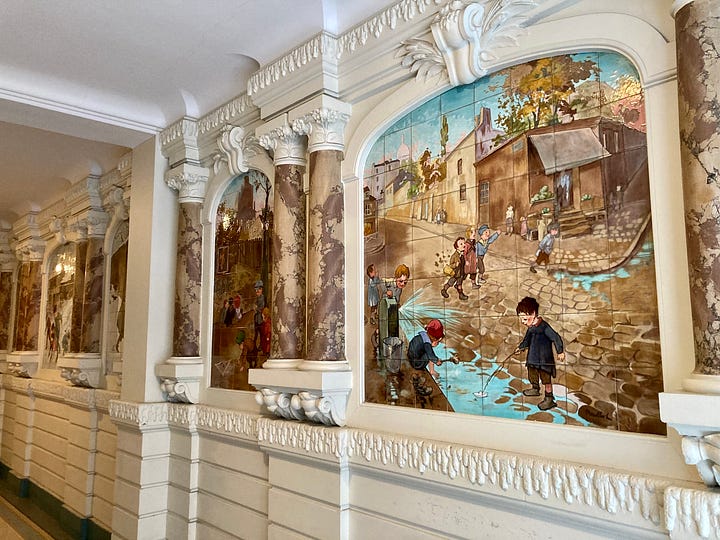
Le mot de la fin. Parting words
French songs and old movies refer to them as “les gosses de Paris,” or “les titis parisiens.” Street smart, cheeky, rebellious, resourceful, these children could have only grown up on Parisian streets in working class neighborhoods. They were immortalized by a man who dedicated most of his life to them and created an enduring legacy well worth remembering.
One last tip from your tour guide:
Next time you find yourself at the top of “la Butte” and witness tourists engaging in that inane and degrading ritual (touching the breasts of the late pop icon Dalida, a former Montmartre resident, for good luck) — smile. You will know something they don’t: Kind-hearted Dalida (1933-1987) became the godmother of “les Petits Poulbots” in 1968. Should she still be around I can picture hot-blooded Yolanda Cristina Gigliotti (her full Italian name) whacking the Ignoramuses on the back of the head, as les Petits Poulbots, dressed in full infantry gear celebrate the moment with laughter and a long drum roll.
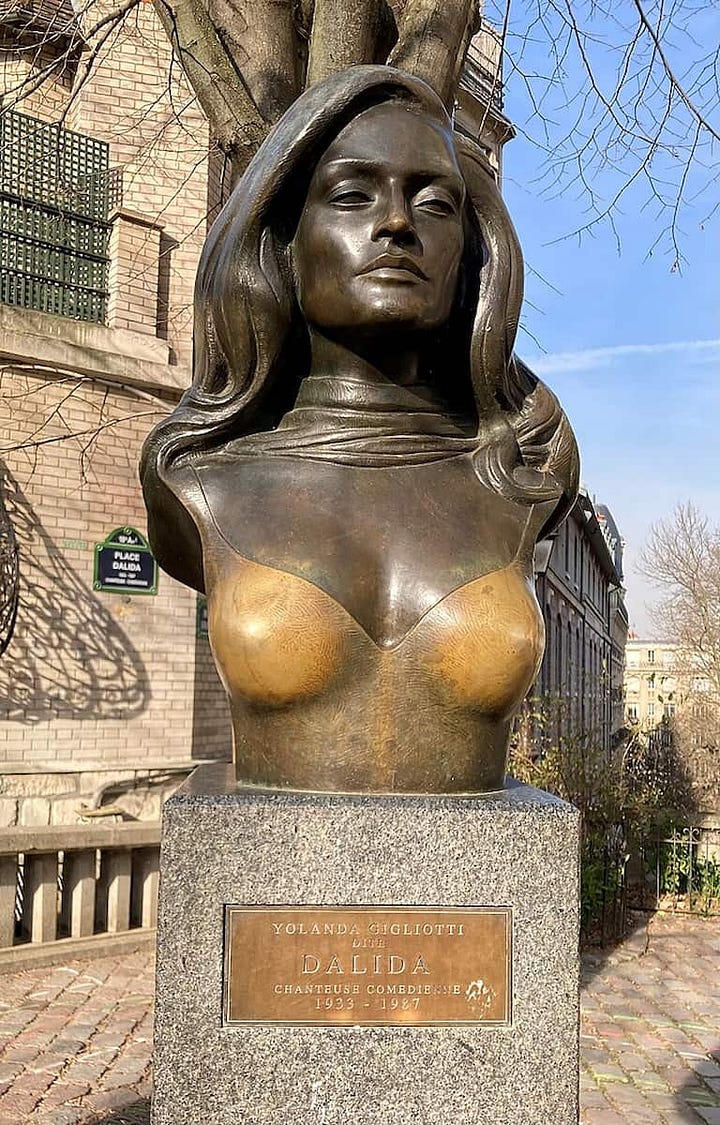
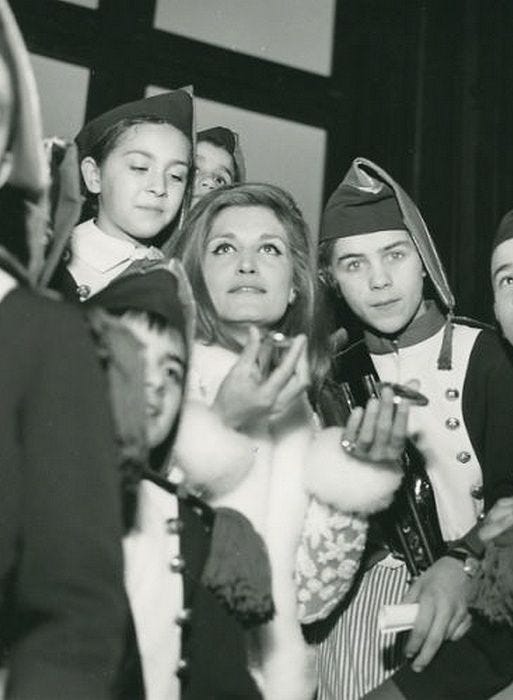
Learn more about Francisque Poulbot
I just released a new episode in the series “French and Entrepreneur” on YouTube, an opportunity to introduce French business owners and share more stories about French life. This month, meet Emilie, who’s related to Francisque Poulbot and follows her own creative path in Paris.





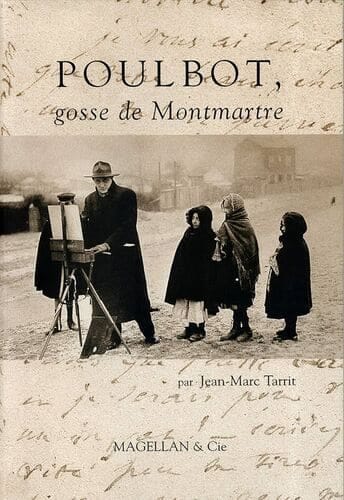


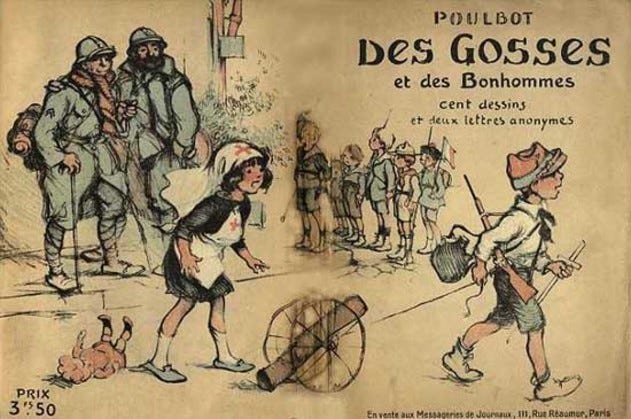




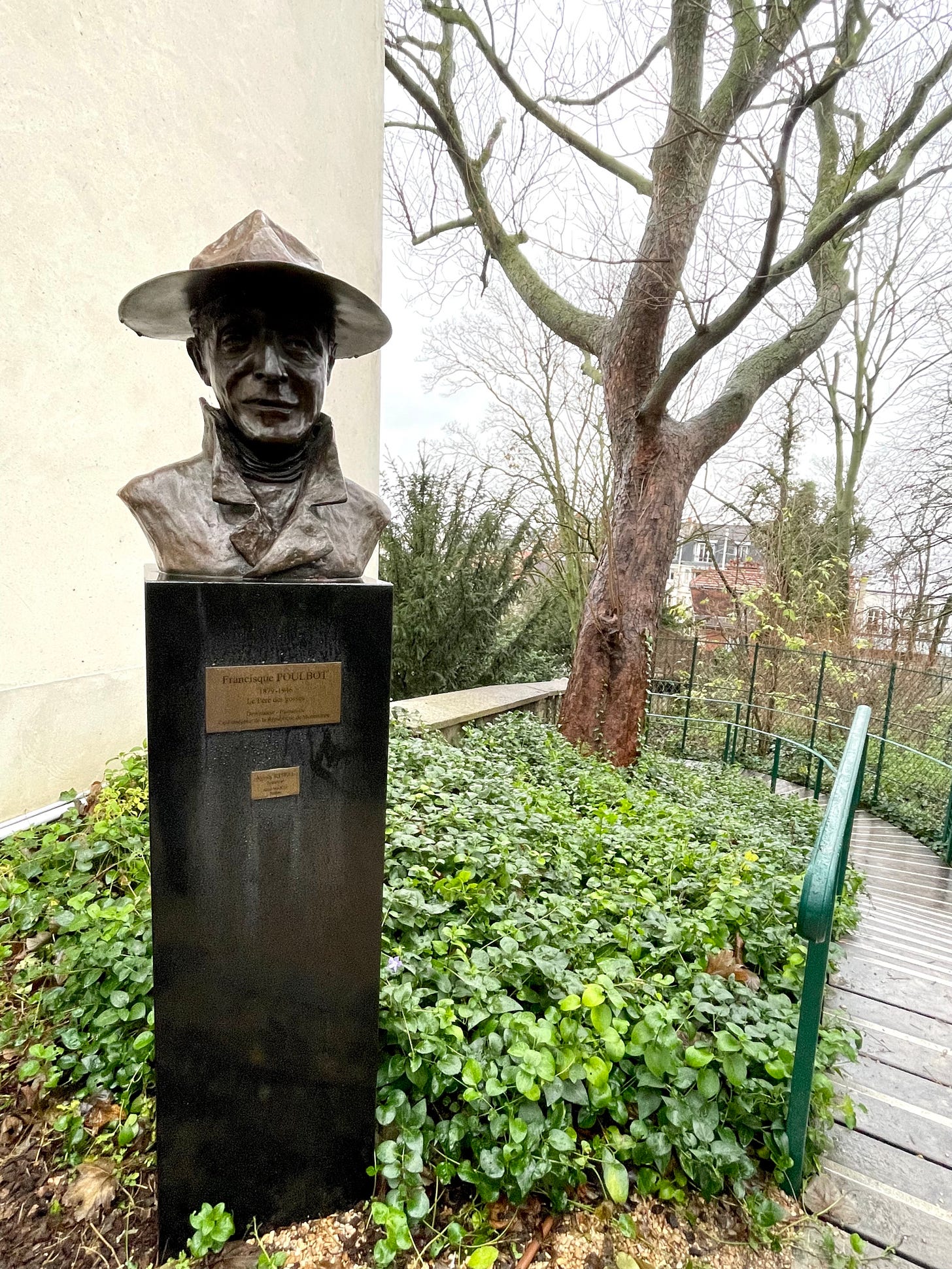
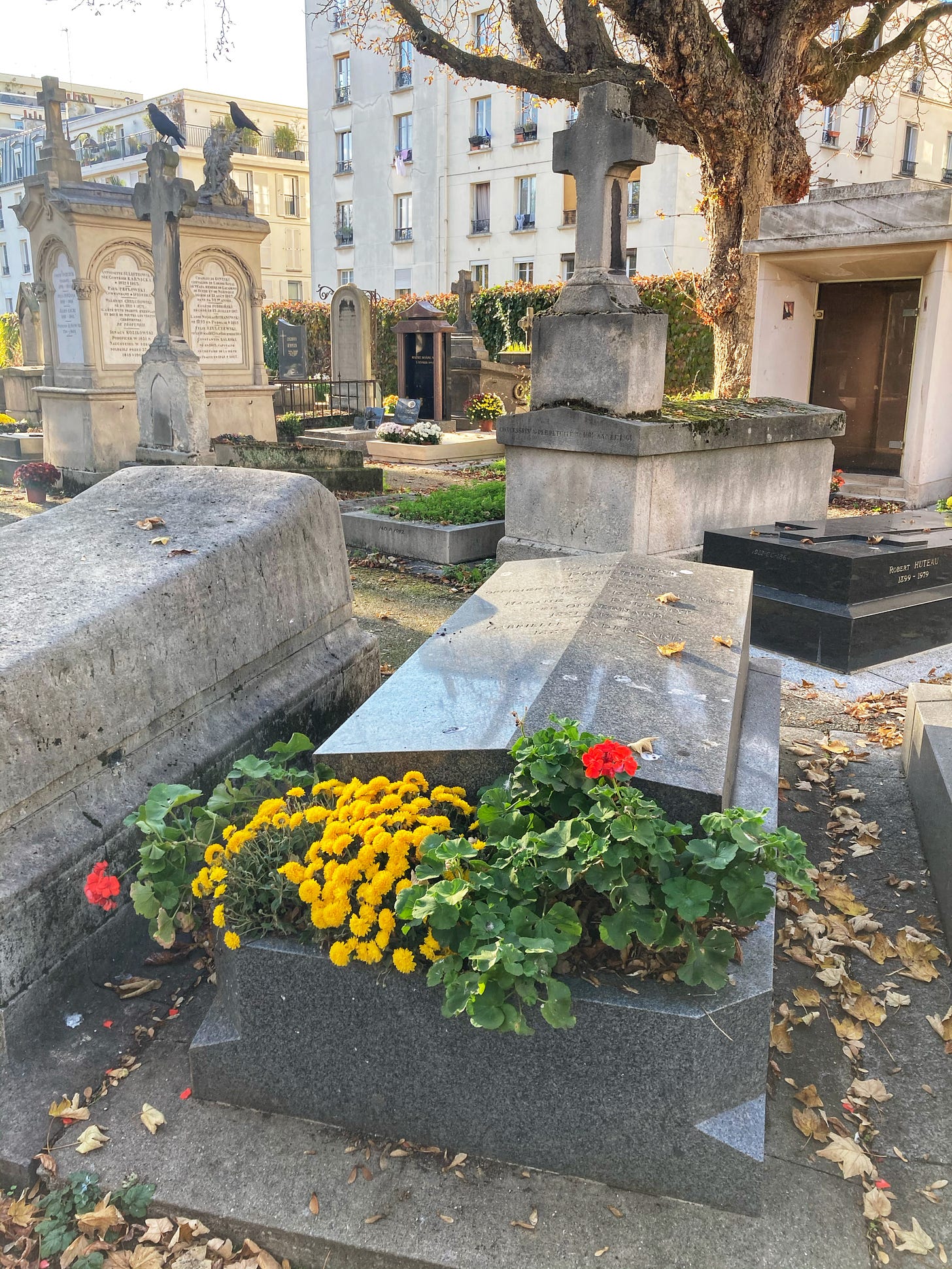
Next best thing to being there in Montmartre right now! Many thanks for sharing more of the life, legend and influence of the artist (and humanitarian) Poulbot!!
an informative article and a tribute to a kind and courageous gentleman.
I do remember some of this from your virtual tours but that was a while ago....
thank you